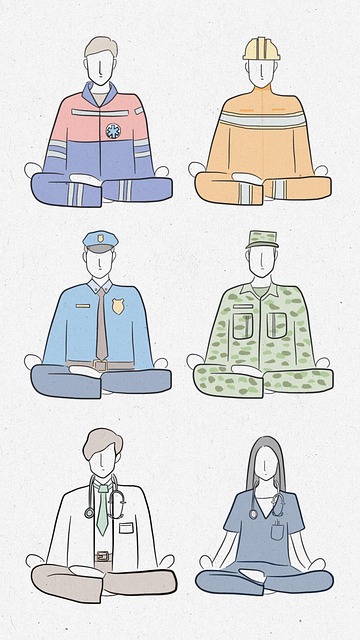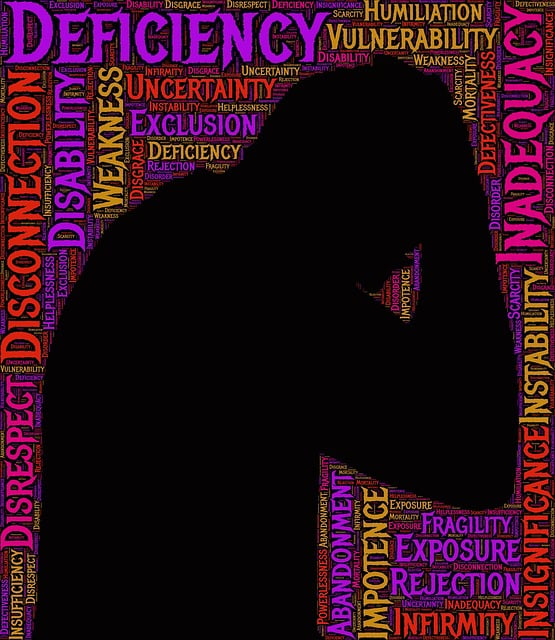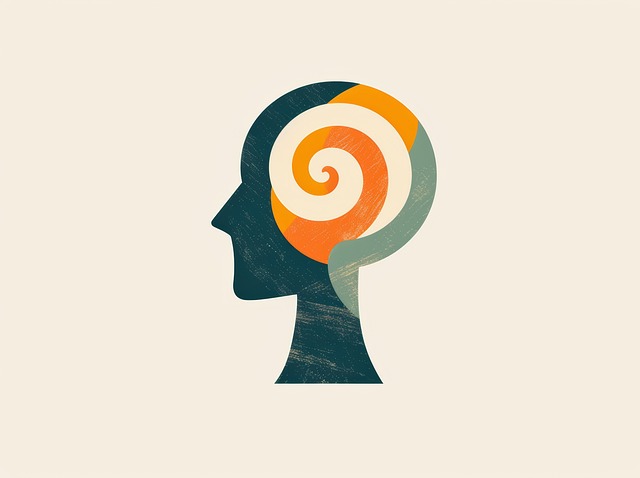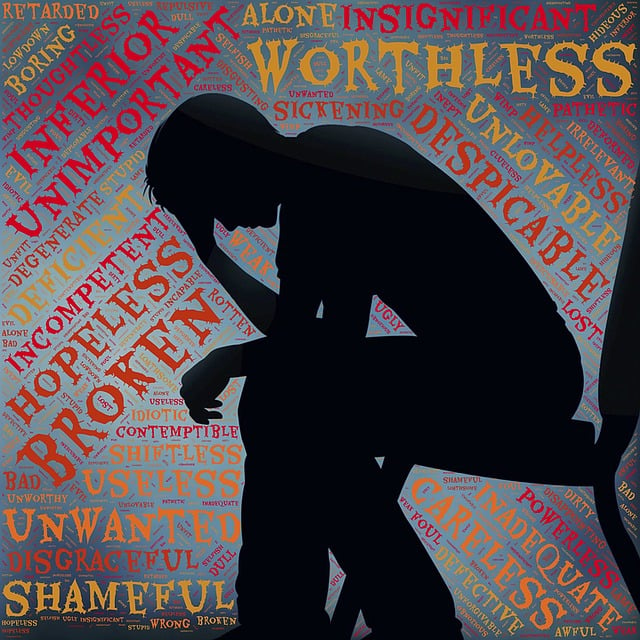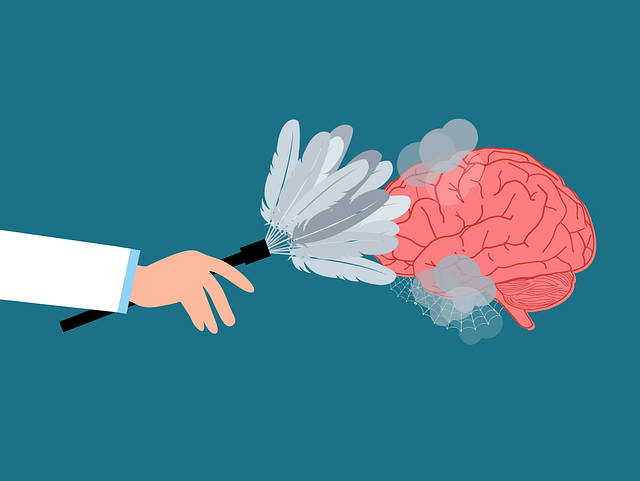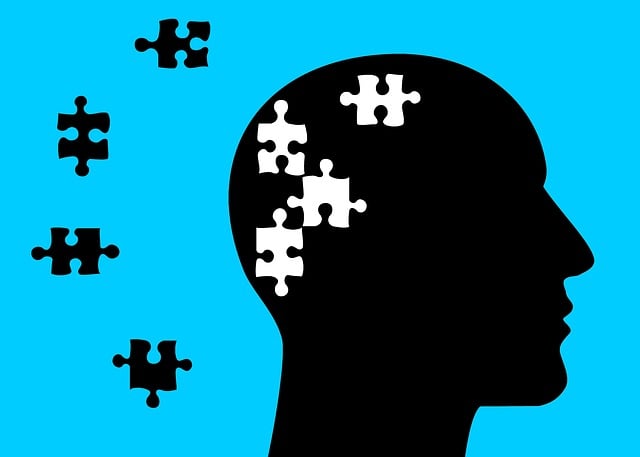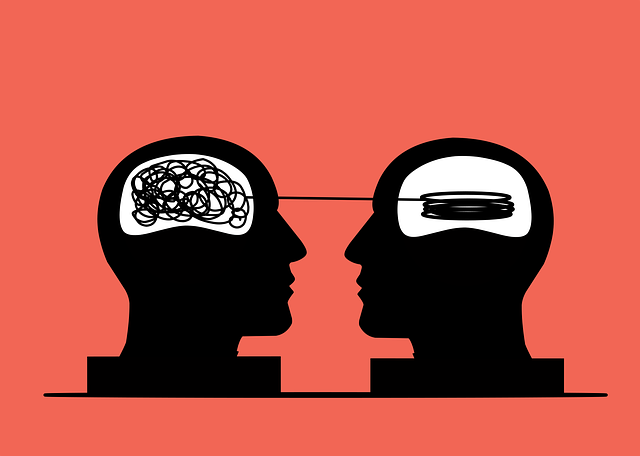Burnout among healthcare providers treating young patients (aged 0-19) is a rising issue, exacerbated by high therapy demands and associated emotional stress. Prevention strategies focus on open dialogue about mental health, workload management, and self-care routines to reduce burnout and improve provider well-being. Early identification of adolescent burnout symptoms through parental involvement and encouraging healthy coping mechanisms are key. Cognitive Behavioral Therapy (CBT) and mindfulness practices enhance resilience and emotional regulation in young individuals. Supportive environments for caregivers, coupled with mental health education, reduce stigma and promote healthier coping strategies. Integrating mental health awareness into medical training and work-life balance initiatives prevent burnout, ensuring better patient outcomes.
Healthcare provider burnout is a pressing issue, impacting not just adults but also adolescents and teens. This growing concern requires targeted strategies to prevent and address burnout among younger healthcare professionals. From recognizing red flags in work-related stress to implementing supportive environments and fostering resilience, this article explores effective solutions. We delve into therapy options tailored for adolescents and teens, offering guidance for caregivers and parents, ultimately aiming to enhance well-being within the healthcare sector.
- Understanding Burnout Among Healthcare Providers: A Growing Concern
- Identifying Red Flags: Recognizing Burnout in Young Patients
- Therapy Options for Adolescents and Teens Struggling with Burnout
- Creating a Supportive Environment: Strategies for Caregivers and Parents
- Preventative Measures: Fostering Resiliency and Well-being in Healthcare Professionals
Understanding Burnout Among Healthcare Providers: A Growing Concern

Burnout among healthcare providers is a growing concern, particularly within pediatric and adolescent populations. As therapy demands increase for young children, adolescents, and teens struggling with mental health issues, the risk of burnout grows for those dedicated to providing care. This phenomenon is characterized by emotional exhaustion, depersonalization, and reduced personal accomplishment—a triple-threat that can significantly impact both providers’ well-being and patient outcomes.
Understanding burnout is crucial in developing effective prevention strategies. Healthcare workers often prioritize patient needs above their own, neglecting essential self-care routines. Consequently, they may struggle with coping skills development and require trauma support services to manage the emotional demands of their work. Fostering a culture that encourages open discussions about mental health, promotes balanced workloads, and offers accessible resources for self-care routine development is vital in mitigating burnout and ensuring better mental health for both providers and the young patients they serve.
Identifying Red Flags: Recognizing Burnout in Young Patients

Burnout among young patients, especially adolescents and teens, is a growing concern within the healthcare sector. Recognizing the early signs of burnout is crucial as it can significantly impact a child’s mental wellness and overall development. Parents and caregivers play a vital role in identifying these red flags, which may include persistent irritability, decreased academic performance, and social withdrawal. These subtle changes could indicate underlying issues requiring professional intervention.
One effective strategy to prevent burnout is encouraging self-expression through journaling, which allows young individuals to articulate their feelings and experiences. Additionally, structured exercise routines and mindfulness practices can enhance self-esteem and provide healthy outlets for stress relief. Communication strategies, such as active listening and open dialogue with parents or therapists, empower adolescents to share their struggles and seek the guidance needed to navigate these challenging periods.
Therapy Options for Adolescents and Teens Struggling with Burnout

For adolescents and teens experiencing burnout, therapy offers a crucial avenue for recovery and growth. Cognitive Behavioral Therapy (CBT) is an effective approach that targets negative thought patterns and behaviors contributing to burnout. By identifying and challenging unhelpful thoughts, CBT helps young individuals develop healthier coping mechanisms and improve their overall well-being. This therapy type also teaches valuable skills in stress management, emotional regulation, and problem-solving, empowering teens to navigate challenges more effectively.
Incorporating practices for inner strength development and mental health awareness is integral within these therapeutic frameworks. Through activities like mindfulness meditation and expressive arts, adolescents can enhance self-awareness, cultivate resilience, and improve mood management. These strategies not only support burnout prevention but also foster overall mental health and well-being in young people.
Creating a Supportive Environment: Strategies for Caregivers and Parents

Creating a supportive environment is pivotal for preventing burnout among caregivers and parents, especially those assisting young children, adolescents, and teens dealing with mental illness. Empathy building strategies and stigma reduction efforts play a crucial role in fostering a nurturing atmosphere. By engaging in open conversations about mental health and implementing mind over matter principles, caregivers can enhance their resilience and better support their loved ones. These initiatives not only promote better emotional well-being but also encourage healthier coping mechanisms for both caregiver and child.
Preventative Measures: Fostering Resiliency and Well-being in Healthcare Professionals

Healthcare professionals, like any other individuals, are susceptible to burnout and stress. To prevent this, fostering resilience and well-being is essential from the outset of their careers. Early interventions such as social skills training for young children, adolescent, and teen mental health programs can significantly impact their ability to cope with stress. These initiatives form a robust foundation, equipping healthcare providers with effective coping mechanisms before they even enter the profession.
Integrating mental health education programs into medical curricula and continuing professional development is vital. Such programs should be designed to enhance awareness about burnout, stress management techniques, and self-care practices. By promoting open discussions around mental health, creating supportive work environments, and encouraging regular breaks and vacations, healthcare organizations can contribute to the long-term well-being of their staff, preventing burnout and ensuring professionals can provide optimal patient care.
Burnout among healthcare providers is a pressing issue that requires proactive strategies. By understanding burnout’s red flags, implementing supportive environments, and adopting preventative measures, we can foster resilience in both professionals and young patients. Accessing tailored therapy for adolescents and teens struggling with burnout, as well as encouraging open conversations about mental health, are essential steps towards creating a healthier healthcare ecosystem. These comprehensive approaches ensure that caregivers, parents, and medical professionals alike can thrive, ultimately enhancing patient care and overall well-being.




